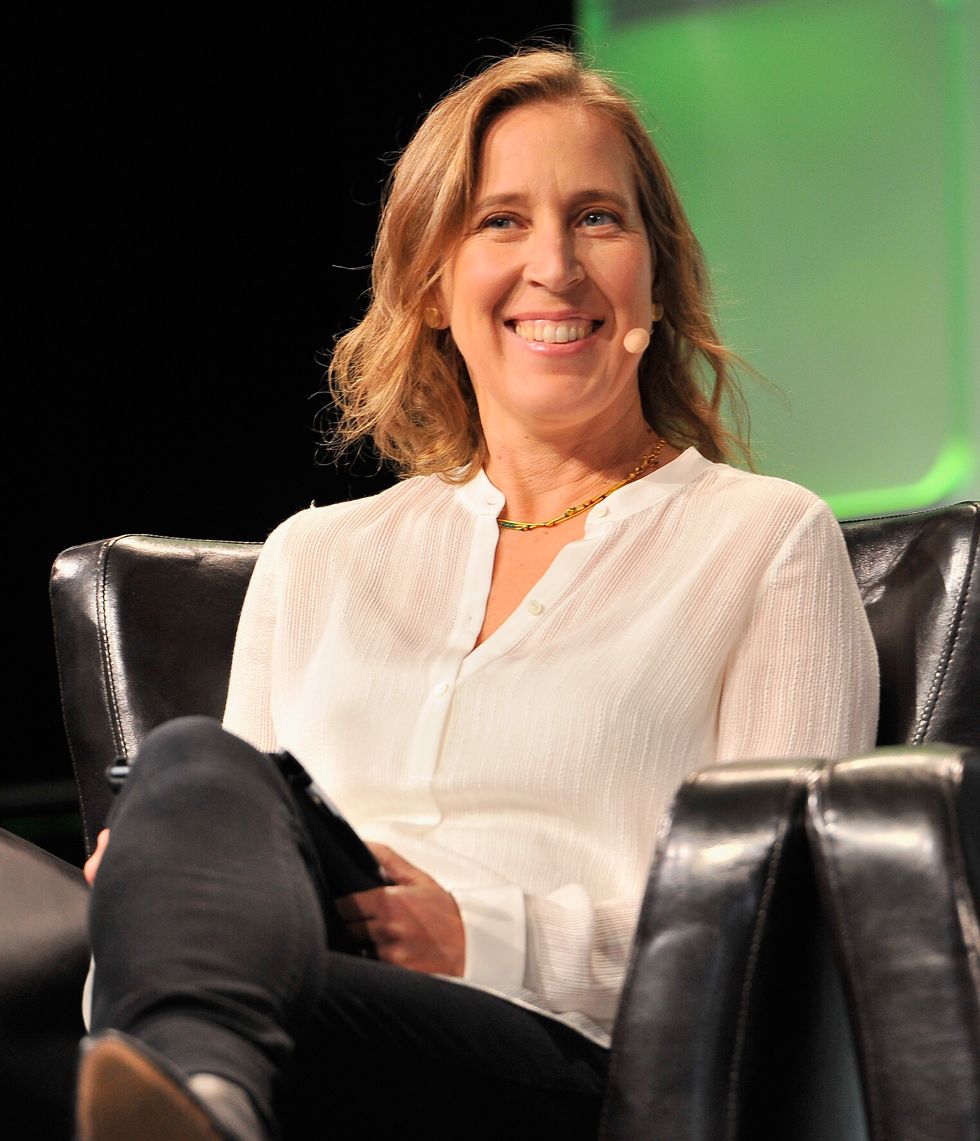
When YouTube chief executive Susan Wojcicki announced her departure from the world’s largest video platform in a letter to its employees last week, she also issued a separate note to its millions of creators.
“Today, the YouTube community is incredibly strong. You are building businesses and following your dreams,” wrote Wojcicki.
The company began splitting its ad revenue with creators since 2007, long before rivals like Instagram, Twitch and TikTok began offering five and six-figure payouts to its most popular users.
But many creators who spoke to dot.LA say they’re relieved that Wojcicki is making her exit, citing numerous policy changes under her nearly decade-long tenure that they feel ruined the platform’s culture and made it harder for creators to earn a living. Once a destination for homegrown content, many independent creators have long felt that YouTube has abandoned them in favor of the brands and legacy media companies.
Zac Morris, who has been running the horror history YouTube channel CZsWorld full-time since 2017, said, “as a horror content creator, nearly every policy and change introduced under Wojcicki has been tumultuous.”
According to Morris, Wojcicki’s philosophy seemed to favor the creation of new products and services instead of maintaining existing features citing YouTube Shorts as one example.
“It’s hard to be excited about YouTube Shorts when most viewers claim that notifications still don’t work, the caption editor is nearly impossible to use and the mobile app for creators is still missing key features,” said Morris.
While YouTube has invited Shorts creators to its paid Partners program, some say the additional revenue isn’t worth the amount of labor. Animator Terminal Montage noted on Twitter that a video he posted that had over 650,000 views earned just a total of $18.51 in revenue.
“Shorts seem like a good way to build an audience but as someone who has a community and also hires people to help me, Shorts don’t seem worth it,” he tweeted.
Other creators felt that Wojcicki hadn’t done enough to change YouTube’s copyright claims process. YouTubers who use popular music and movie clips in their videos risk getting flagged by Google’s Content ID system, which regularly scans for copyrighted material. As such, users have been forced to take down their videos, shut down their accounts or cough up hefty settlements, thanks to the seemingly all-seeing system.
“I felt that YouTube’s soul left during Queen Susan’s reign,” said English YouTuber Vee3rdeye. YouTube’s removal of the dislike button last year — which Wojcicki argued would reduce bullying — took away “the public’s voice,” he said.
Some creators also felt that their own voices had been taken away in light of a platform-wide effort to purge the site of less wholesome content and curb online harassment. While creators admit that some measures were necessary to prevent YouTube from becoming a cesspool of Russian propaganda or medical misinformation, many believe the platform has gone too far. YouTube made a drastic shift to family-friendly content in 2017 to appeal to advertisers and tightened its advertiser-friendly content restrictions, which forced many creators to scrub their content or risk demonetization. Many creators were unable to “clean up” their offerings and went offline altogether.
“What was meant to prevent videos promoting terrorism turned into a policy where only the most squeaky-clean family-friendly creators could survive. YouTube is interesting because of its diversity of talent, so forcing everyone into the same tiny box of guidelines is a terrible move,” said Morris.
Creators who let out a swear word or two in a video may wake up to find out their channel had been demonetized. YouTube updated its profanity policy last November to include the thumbnail, title, and first seven seconds of a video. The new policy also treats all curse words equally (regardless of their severity) and applies retroactively. As Polygonreported, some creators found that YouTube flagged old videos for “limited ad revenue” or classified them as “age-restricted” after the profanity policy went into effect — despite the fact that the content was perfectly kosher when published.
For years, LGBT creators have criticized YouTube for restricting and demonetizing their content. “Under Susan’s ‘rule’, creators suffered. YouTube went from a golden age to an ad apocalypse where LGBT terms like “trans” or “transgender” would get your video (..demonetized or restricted),” said Matthew Lush, one of the earliest gay Youtubers.
Meanwhile, following the 2016 presidential election, YouTube became known as a hotbed for extremist content, misinformation, and propaganda. While YouTube doubled down on efforts to combat misinformation and online harassment, creators say the current atmosphere is less than inviting and that there’s still widespread uncertainty amongst creators about what kind of content is allowed on the platform.
“What was meant to prevent videos promoting terrorism turned into a policy where only the most squeaky-clean family-friendly creators could survive,” said Morris. “YouTube is interesting because of its diversity of talent, so forcing everyone into the same tiny box of guidelines is a terrible move.”
Wojcicki will be replaced by YouTube’s chief product officer Neal Mohan, whose division oversees YouTube’s many products, from Shorts to Gaming to Kids.
In interviews, Mohan has made clear that he doesn’t see YouTube as competing with other platforms for creators.“I would argue that all of these platforms, while they might seem similar in many ways, are fundamentally very, very different, but I actually think that’s great for creators because it gives them a diversity of options,” Mohan toldThe Verge.
That said, while some creators are hopeful that a new leader will usher in a new era for the platform, others have little faith in a platform it feels has long forgotten independent creators.
“I really hope the new CEO can return YouTube to its previous glory,” said Lush. “It’s clearly been copying TikTok and Instagram with Shorts in a desperate need to keep viewers. But I’m optimistic and I know that many creators would love to create content again.”
From Your Site Articles
Related Articles Around the Web










